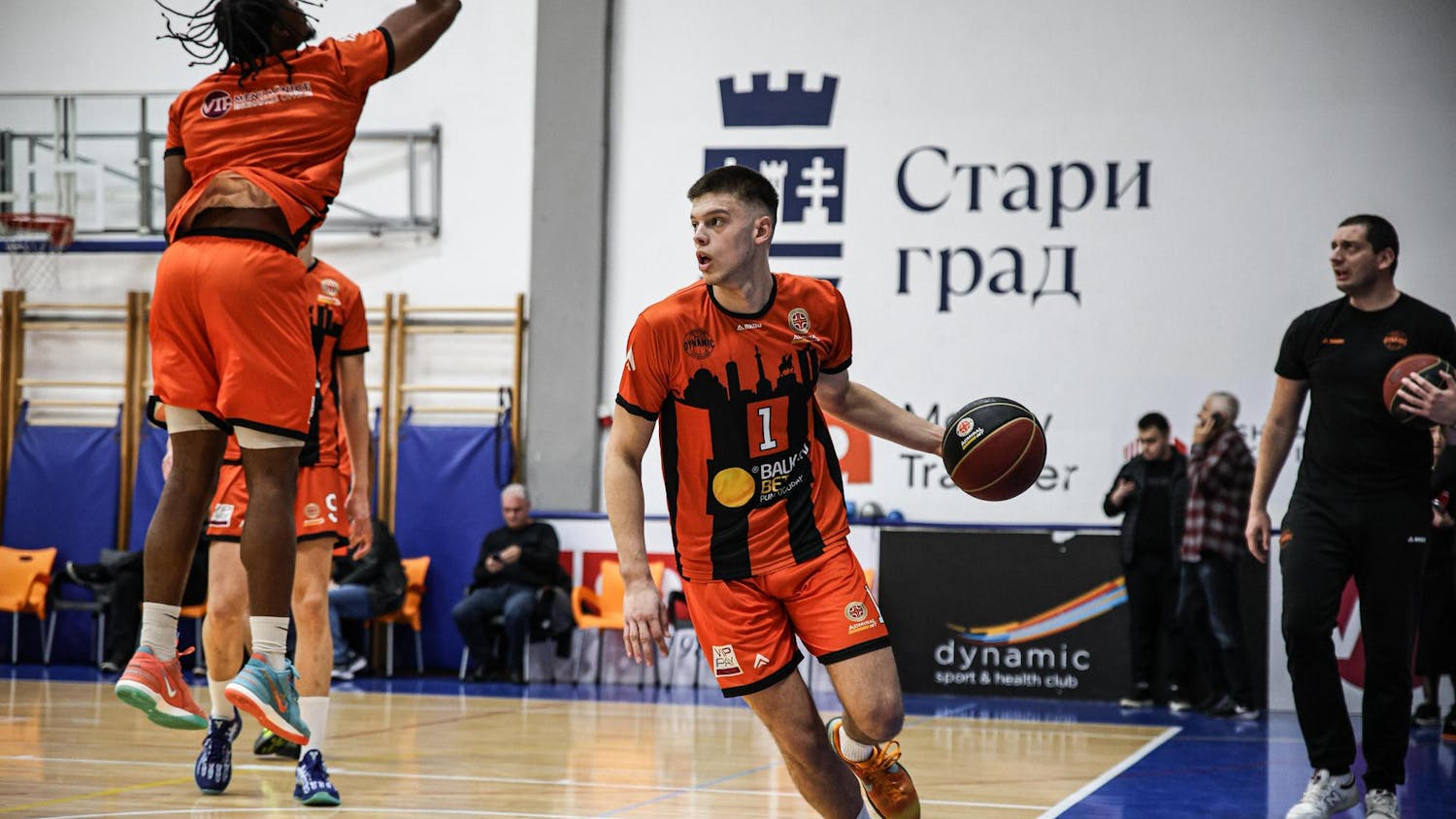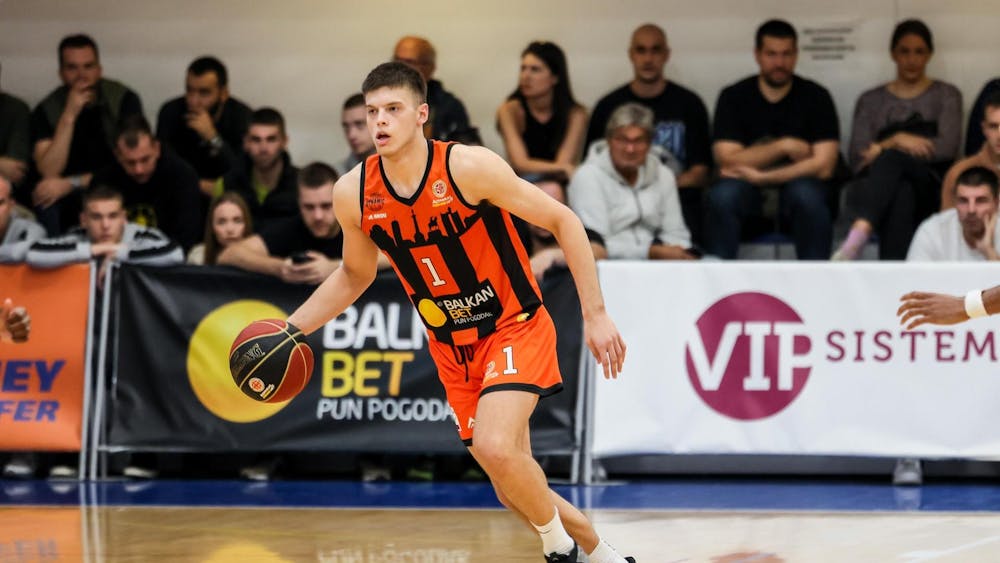College media guides across the country are tipping the national scales around a meager one pound beginning this fall because the NCAA has legislated a maximum 208 page rule to further narrow the recruiting gap between large and small schools. Although a small step toward recruitment parity, a national page-limit rule saves each college a few pennies compared to the perceived disadvantage of competing for recruits based on the glitz and glitter of each school's media guide.\n"The new rule means a university athletic department has to maximize the 208 pages they now have. From a historical perspective, colleges can't produce recruiting brochures and a media guide, which started the boom toward 400 to 600 pages," said Pete Rhoda, director of athletic media relations for IU. "A media guide serves a dual purpose -- to serve as a resource for the media and a recruiting tool ... Recruiting is more of a school specific issue rather than a national issue. The media guide promotes the tradition and history of a school's athletic program." \nIU's big three media guides in terms of paper length during the 2004-2005 school year consisted of men's basketball with 328 pages, men's football with 308 pages and men's soccer with 216 pages. Rhoda said the athletic department might have saved $30,000 to $40,000 because of the paper length decrease, although the current budget reallocates the estimated savings back into the athletic department.\nBesides the athletic powerhouses in dominant conferences like the Big Ten and Atlantic Coast Conference whose budgets seems bottomless, most Division I universities and other colleges littered throughout Division II and III athletics do not benefit nor suffer from printing a few-hundred page media guides.\n"The resources at the University of Texas are greater than at Ball State and one way not to differentiate between the two -- to do away with some of the competitive advantage -- is to make the media guide pages the same," said Jay Cooperider, associate athletic director for sports information at Purdue. "The two main reasons for the media guide is to tell the lore and history of a college to recruits and to truly act as a media guide -- a repository of information. Disparities between the quality of Web sites, the quality of stadiums and the quality of overall facilities still remain the same." \nCooperider said Purdue trimmed their football media guide from 404 pages in 2004 to the NCAA maximum of 208 pages for the 2005 season, which saved their athletic department about $9,000 for football alone. He said the perceived difference of media guide length amounted to the difference between a Saturn and a Cadillac for most smaller colleges, but the pages cut from their football media guide involved the story of Boilermakers and not blank pages or pages with frivolous information.\nBob Nygaard, two-decade sports information director for the University of Minnesota Duluth, said a media guide often presents an image of a college for a recruit that provides the first step in the recruiting process. He said he has never heard of a recruit deciding on a school based on the media guide alone, although athletic departments often use media guides as a key for the recruit to open the university's door.\n"Media guides emphasize the finer points of a school and the college's home city that will at least spark some interest for recruits. Hopefully the recruit will come to the university and visit based on the information presented in the media guide," Nygaard said. "Imagine yourself as a general student. The media guide informs student-athletes about the college, the athletic program, internship possibilities, placement rates and it highlights athletic accomplishments."\nNygaard said his athletic department uses its media guide to peak recruits interest because his university is surrounded by woods and located on the tip of Lake Superior. Although the University of Minnesota Duluth is Division II for most sports programs, its hockey team competes with division one schools like Minnesota's main campus located in Minneapolis.\nRhoda said IU media guides focus on the campus itself, opportunities after graduation, professional sport opportunities, coaching staff info and background, NCAA tournament participation, bowl game appearances and the easy access for recruits and their parents from Indianapolis to Bloomington. He said the athletic department personnel have refocused their attention toward producing the same info within smaller space requirements.\n"Cut isn't the word we use. We have condensed the information based on an efficient use of pages. The number of pages is cut down but you have to reallocate the info within the guide," Rhoda said. "Our media guides are recruitment tools for coaches and what we can't cover in the book we expand upon on our Web site. Our game notes package for each game will increase in length and provide much more thorough information now."\nNygaard said he isn't convinced a bigger media guide recruits more top-notch athletes to any one particular program. He said bigger schools with bigger budgets still possess an inherent advantage in recruiting because of their longer sports traditions and television contracts.\n"Media guide lengths are about a lot of stuff versus a lot of fluff. When you wade through that stuff, besides the part about graduates, a lot of it is unnecessary to keep up with the Jones' mentality," Nygaard said. "How many more pages is going to impress a recruit? Besides the cover and layout, the information inside makes a difference and less is often more ... You talk to all of our coaches and they say the one thing that gets a certain segment of recruits on campus is the school, the natural beauty of the campus, scenic sites, the sports tradition and academics, which every school can say they have"
Fewer pages all the rage
NCAA puts end to media guide madness in sports
Get stories like this in your inbox
Subscribe





